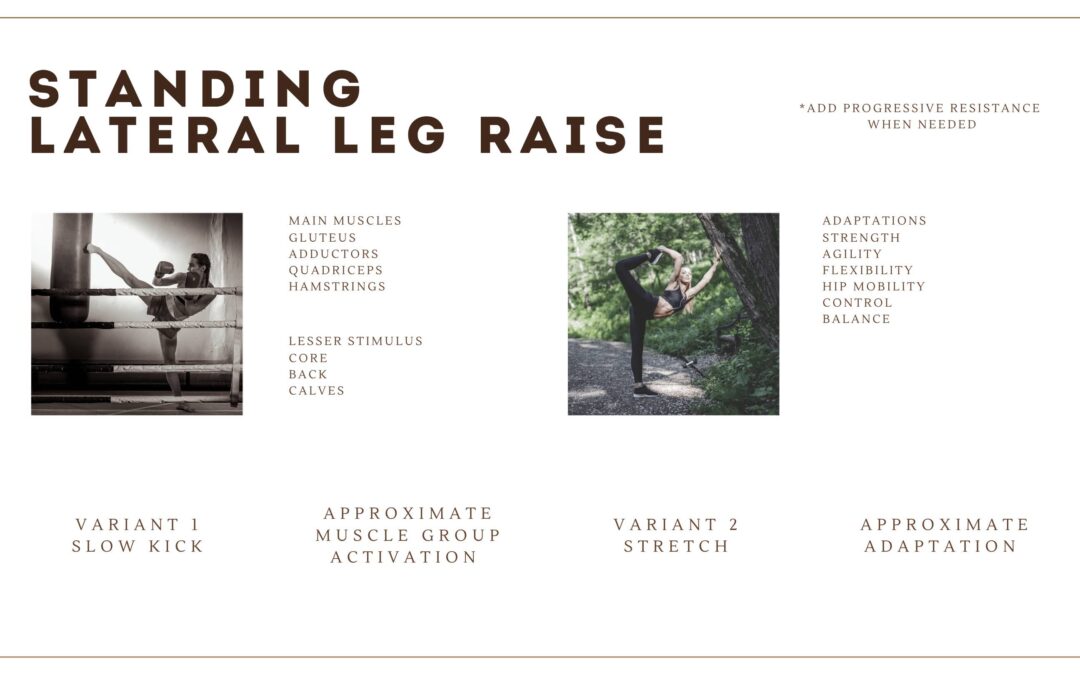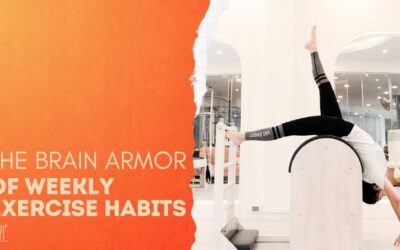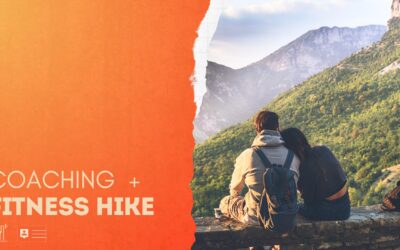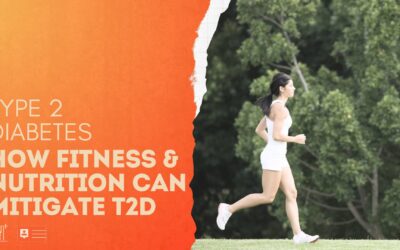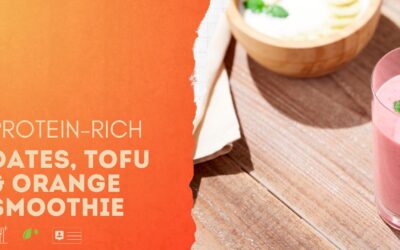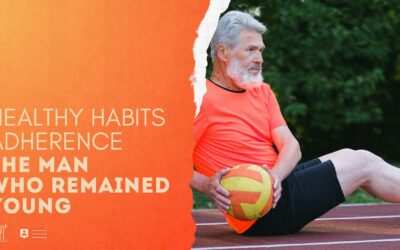Strength By Fitness Exercise Library: Standing Lateral Leg Raise. This exercise choice can primarily be thought of as a bodyweight exercise from the world of Yoga, Martial Arts, Gymnastics, and Pilates.
But it serves a useful purpose for many sports and fitness-related reasons due to increased lower body strength, agility, control, and flexibility. All while providing no blunt force impact for tendons, joints, and bone mass. Making you fitter, stronger, increasingly flexible, and more agile while providing extremely low impact activity.
Welcome to Strength By Fitness fact-based fitness life & coaching.
Lateral leg raise:
strength and flexibility exercise.
There are many variants of this exercise, and I will cover some of the small variations in this exercise article.
Lateral Leg Raise
Adaptations
Strength
Flexibility
Agility
Body control
Variants
Lateral
Anterior
Posterior.
Pulses
Hold
Stretch
Slow kicking.
Some Coach input for the standing lateral leg raise.
At its heart, this is an accessory exercise; it’s not a main exercise, no matter your fitness/sports discipline, but it has a lot of carryover.
Neither is it just for people who are into competitive sports, and fitness, elderly reap many benefits from exercises like this since it is ties into so many overlapping adaptations and is such a low impact exercise that´s super easy to recover from as far as tendons, joints, muscles and bone health is considered.
With that said, we program it as an accessory with the goal of improving agility, control, balance, and flexibility via a strengthening of the muscle chain that is involved in all forms of kicking and leg raises, be it anterior, lateral, circular, or posterior kicks and leg movement.
It’s both a skill-based exercise as well as a case of muscular adaptation.
I have included two different YouTube videos, which will together cover a lot of ground.
Version 1.
At its most basic, find anything to rest one hand on for balance support.
Keep your upper body as vertical as you can ( which in the beginning will not be very vertical at all for most people ).
Brace your core, and bring one of your legs up to your hip/chest area ( as high as you can keep it ).
Move your knee back and forth laterally, letting your lower leg swing out to the side and back over the middle of your body.
Slowly turn your hip over, and point your knee away from your body, lengthening your hip muscles as good as you can.
Straighten your leg, either as a roundhouse kick, a side kick, or a hook kick.
Hold it there for a while, and count down. Start by counting down from 5 if you have no previous experience.
Bring your leg back into the middle, swing it back and forth a few times.
This was one rep.
Now, straighten your leg again and do the entire cycle again. Keep at it for as many reps as you can, breathe in and relax, and repeat it all with your other leg.
Version 2 et cetera.
It’s the same procedure as above, but you can instead do it with a front kick instead of the above lateral movement.
Another option is doing it behind your body. Or as you can see in the videos down below, doing small pulsing circles, or bigger ones.
Imagination is your only adversary here. And you can easily progress this exercise for all of life by increasing the height of your kick.
Adding a small resistance due to resistance bands or ankle weights, you can create combos that even involve slow spinning kicks, or multiple versions of different slow kicks with the same leg.
Pulling your leg upward with one hand is another popular alteration. Hold, and release after a few seconds, and try to keep your leg up with nothing but your muscles.
The outcome is the same: a direct increase over time of the strength, flexibility, and control you have in the entire muscle chain, greatly improving balance and muscular endurance, control, agility, and flexibility, no matter age.
In the end, enabling far easier head-level kicks, or just pain and injury-free mobility, and balance which is a good win for everyone.
Lateral Leg Raise
Main muscles
Gluteus
Adductors
Quadriceps
Hamstrings
Lesser stimulus
Core
Back muscles
Calves
The Standing Lateral Raise is featured in some of our fitness plans, link down below.
At Strength By Fitness we make use of this exercise in some of our weekly martial arts/boxing sessions but you can also find this particular exercise in our bodyweight & outdoor gym fitness plan. You can find this 2 or 3 day per week plan by clicking on the link down below.
Fitness Plan:
Bodyweight & outdoor gym
Day One
recent articles
The Brain Armor of Weekly Exercise.
Body and brain walk hand in hand. As such, regular, weekly exercise boosts both the physical and cognitive you. Making you faster, fitter, stronger and more durable, while, also drastically improving health, processes, and function in body & brain.
Fitness Hike, Weighted Calisthenic, Yoga and Coaching
Participate in our unique weighted Fitness Hike + Personalized Coaching Talk together with Strength By Fitness, on location in gorgeous Cape Town, South Africa. Or get the same coaching while doing weighted calisthenics, yoga or boxing.
Type II Diabetes: How Fitness and Nutrition Can Mitigate and reverse t2d. Exclusive Member Article.
IF you want to prevent type 2 diabetes, or reverse it, if the damage has already been done, as it has for hundreds of millions of people around the world, you have three massively powerful and influential habits at your disposal. Welcome to another fact-based member-exclusive Strength By Fitness article.
Members & Clients Recipe: Tofu, dates & orange smoothie. High SPC & Protein.
Our Tofu, dates & orange smoothie provides 56g of Protein, 22g of fiber, and a very high SPC between 66 & 80. That makes this another tasty Strength By Fitness winner. Paid Reader & Client Exclusive Recipe.
Quality Sleep Is Just Another Habit.
Quality sleep comes from a few key pillars in a healthy lifestyle.
Yes, quality sleep is just another habit we build over time with nothing more than our own choices. In this article, Coach Mike from Strength By Fitness will teach you how to do it too.
The Man Who Remained Young. Healthy Habits vs Ageing: Exclusive Member Article.
Strength training, injury-free, 80-year-old men can be as strong as a 35-year-old gym goer. And running is no different. All it takes are maintained habits. Exclusive Strength By Fitness Member Article. Join today, only 9$ Per Year.
We appreciate you
so stay healthy & never stop training
Contact
Private In-App Messaging is Available For All App + Coaching Clients
Adress
Coaching Is Available Online Via App on IOS & Google Play, and In-person, On-location.
